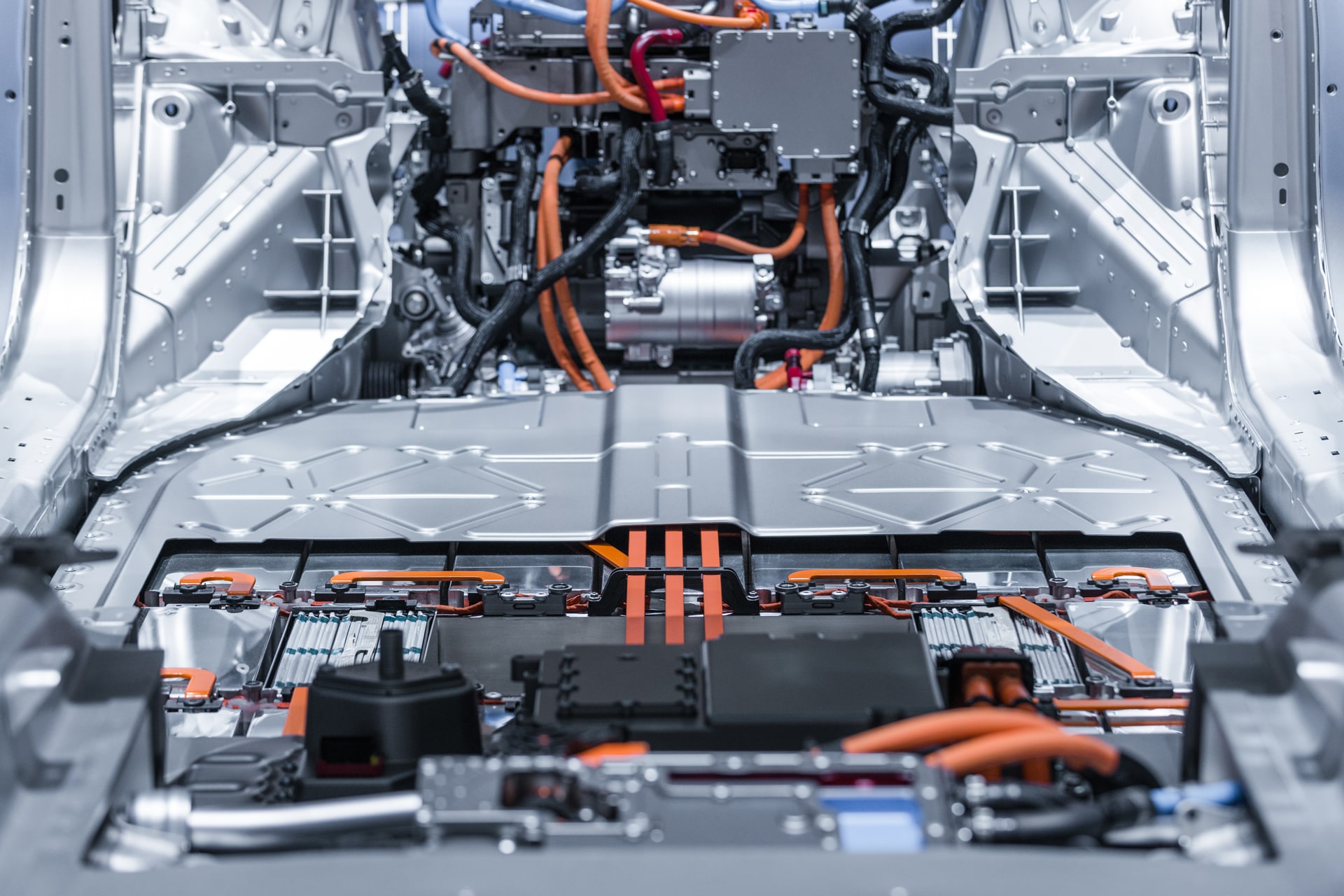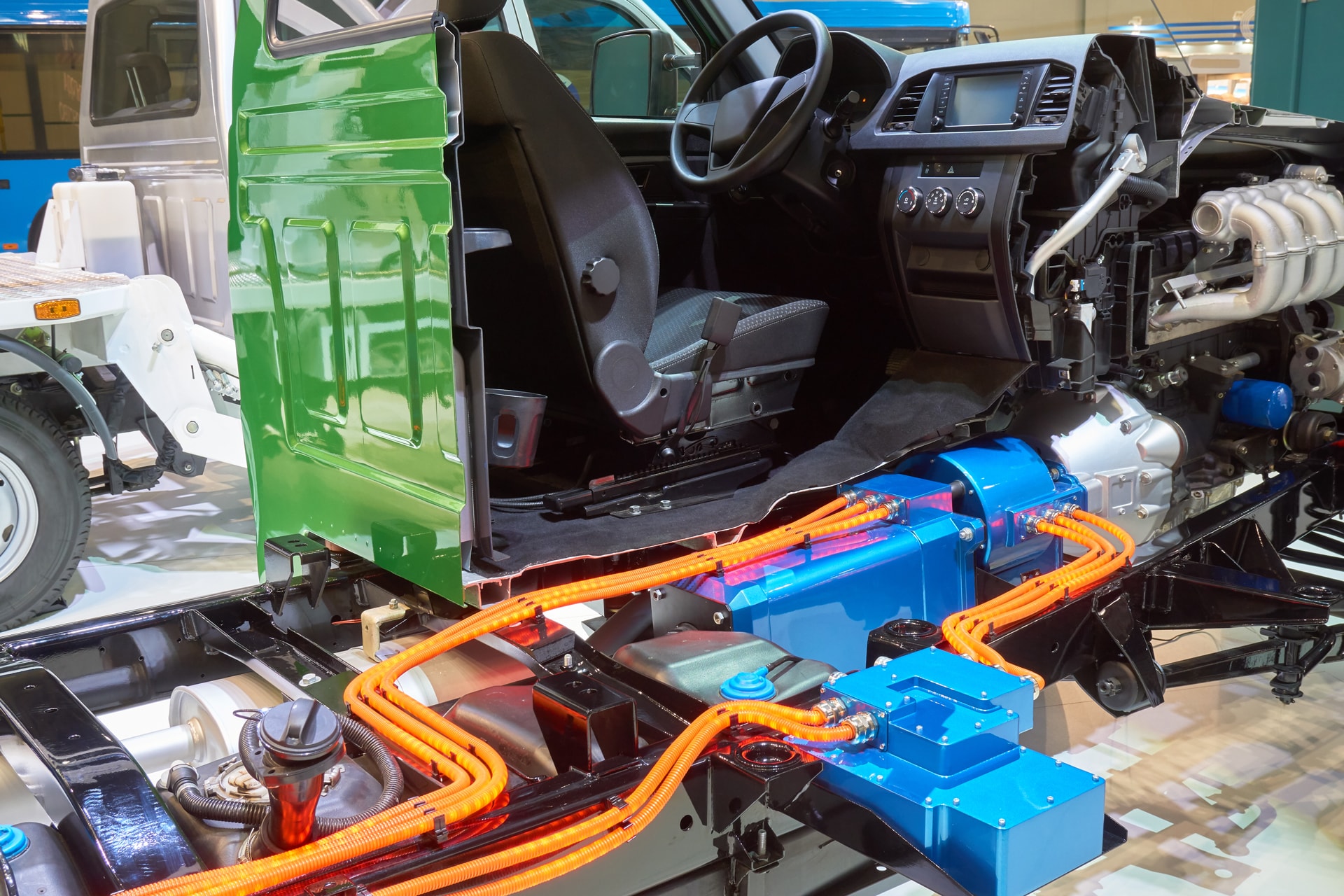Automotive
Vehicles are currently undergoing a significant transformation to face several major challenges

Hybrid or electric vehicle
Environmental concerns and rising fuel costs are encouraging adoption of partially or fully electric motors. The electric traction chain implements unprecedented levels of electric power on this type of vehicle.
New constraints are induced in terms of regulation design and distribution systems of this electrical power in order to limit the level of emitted electromagnetic noise which can disturb the electronic equipment of the vehicle.

Autonomous and communicating vehicle
Advanced Driver Assistance Systems (ADAS) have been introduced in vehicles and automakers are now preparing fully autonomous models.
Vehicle to Vehicle (V2V) or Infrastructure Vehicle (V2X) communications can also significantly improve transportation safety and convenience.
These two phenomena lead to an increase in the use of electronic equipment on board and these vehicles play an increasingly critical role.

A deep mutation in EM design of new vehicules
Due to issues mentioned above, car manufacturers must completely reconsider all of their vehicles and the electromagnetic topic is of major importance in the design and development processes.
These mutations generate a wide range of applications for electromagnetic simulation for many vehicle components:
- motors
- sensors
- actuators
- cable harnesses
- antennas …


What kind of challenges can you face with AxesSim’s solutions
AxesSim designs, develops and supplies powerful electromagnetic simulation tools perfectly adapted to face the new challenges of the automotive industry. In particular, we make it possible to apprehend effectively and precisely the following issues:
Quantify installed antennas performance to optimize their placement (AXS-AP)
Evaluate interference levels induced on wirings or emitted by the cables (energy distribution) when installed in a system (AXS-HD)
Evaluate specific absorption rate (SAR) for single or cumulative sources located in and outside vehicle (AXS-SAR)




